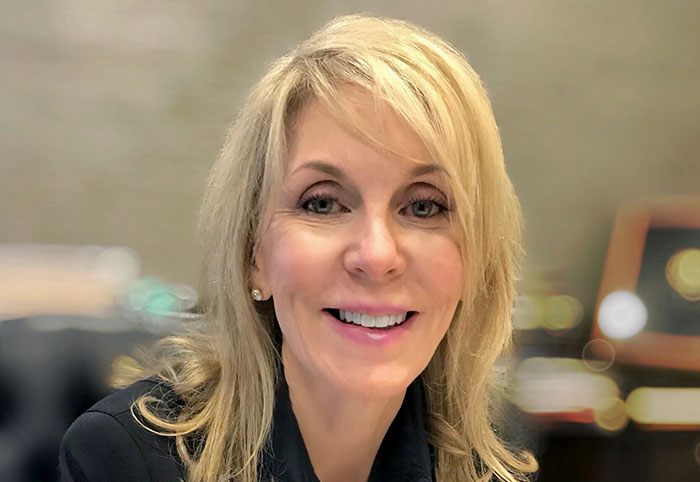When my father first started in the retail business in 1939 — which at that time meant a farm-fresh produce stand — localization was simply understanding the needs of the community, filling a market gap and providing the absolute best customer experience possible. Thinking outside the box, Dad provided curbside service that operated like an old-fashioned drive-in where the customer never had to leave the car. Plus, they stayed open seven days a week — unheard of in 1939!
Our development has grown from that curbside market to the largest super-regional shopping center in North Central Florida, encompassing nearly 300 acres and 2 million sq. ft. of retail, dining, and entertainment in Gainesville, Florida. Those eight decades of growth have seen many ups and downs, trends, fads and evolutions, but we’ve always kept central the concept of localization.
Since joining the family business in 1980, I’ve been on both the retail and the development side, and now that we are building the first true mixed-use Town Center in North-Central Florida, here are the strategies we’ve identified from the most successful brands in the country, as well as our own development efforts to assure relevance now and in the future.
From the outside-in. Some think details come last; we think of details in strict lock step with the entire process. Our approach is to visualize the moment our consumer enters the parking lot. First detail: “Sense of Place.” Butler Town Center at Stengel Field — the name alone evokes intrigue and pays homage to its 1940s roots. A State Historic Site, the Butler property once existed as a grass airfield and military air base. Weaving the Stengel Air Field story into the fabric of the shopping center experience led to the creation of specific paver patterns, vintage-style signage, fountains that spray in a propeller motion — even biplane finials to top our stop signs. That’s the kind of detail that brings substance to the brand identity.
Embrace technology. Because our location right off interstate I-75 is a gateway to the University of Florida, a leading research university with a nationally ranked hospital system, we embraced technology from the get-go. UF recruits students, professors, researchers, and physicians from all over the world and we used technology to understand the consumer patterns and help our stores retail “smarter not harder.” For example, our Lilly Pulitzer boutique store, Pink Narcissus, stocks Lilly styles and colors based on inventory tracking tailored to this market. Gator orange and blue fly out the door in a market that drives five million annual visitors to university-related events. They showcase their lines via Facebook Live runway-style “events” on their social media channel and connect on a hyper-personal level with their audience.
Understand your extended market. Gainesville is the economic hub of a 14-county region and, with six state and national parks in one county, is a world-renowned travel destination for nature enthusiasts. The managers of Dick’s Sporting Goods in Butler North understand that their kayak and hiking section needs to be more diverse and extensive than a store located in south Florida. Our location on I-75 is a natural stopping point for many travelers, and our development plays to extended “stay-time.” With 50 diverse dining options and 3.5 miles of walking trails with required retention ponds, there’s plenty of reason for visitors, their kids, and even their pets to stick around. Adding murals crafted in partnership with local artists creates a cultural experience for all.
Retailer-developer collaboration. As a developer, we carefully package our property’s brand story in a cohesive, compelling manner, providing information to engage and inspire new stores in the design phase. This year we opened the region’s first Whole Foods Market and, during the build process, their talented designers fell in love with the historical aeronautical element of the property. Working directly with our in-house marketing team, Whole Foods designed its café around the theme. The vintage furniture and black-and-white photography timeline that adorns the wall of the café made Whole Foods seem like a member of the community from day one.
Retail real estate is truly an evolutionary process, and while our history proves the concept of localization isn’t a new one, today’s innovation and methodology has had to be more compelling, more tailored, and more development-pervasive to fit the experience-seeking, tech savvy customer of today.
Deborah Butler is president of Butler Enterprises, based in Gainesville, Fla.

